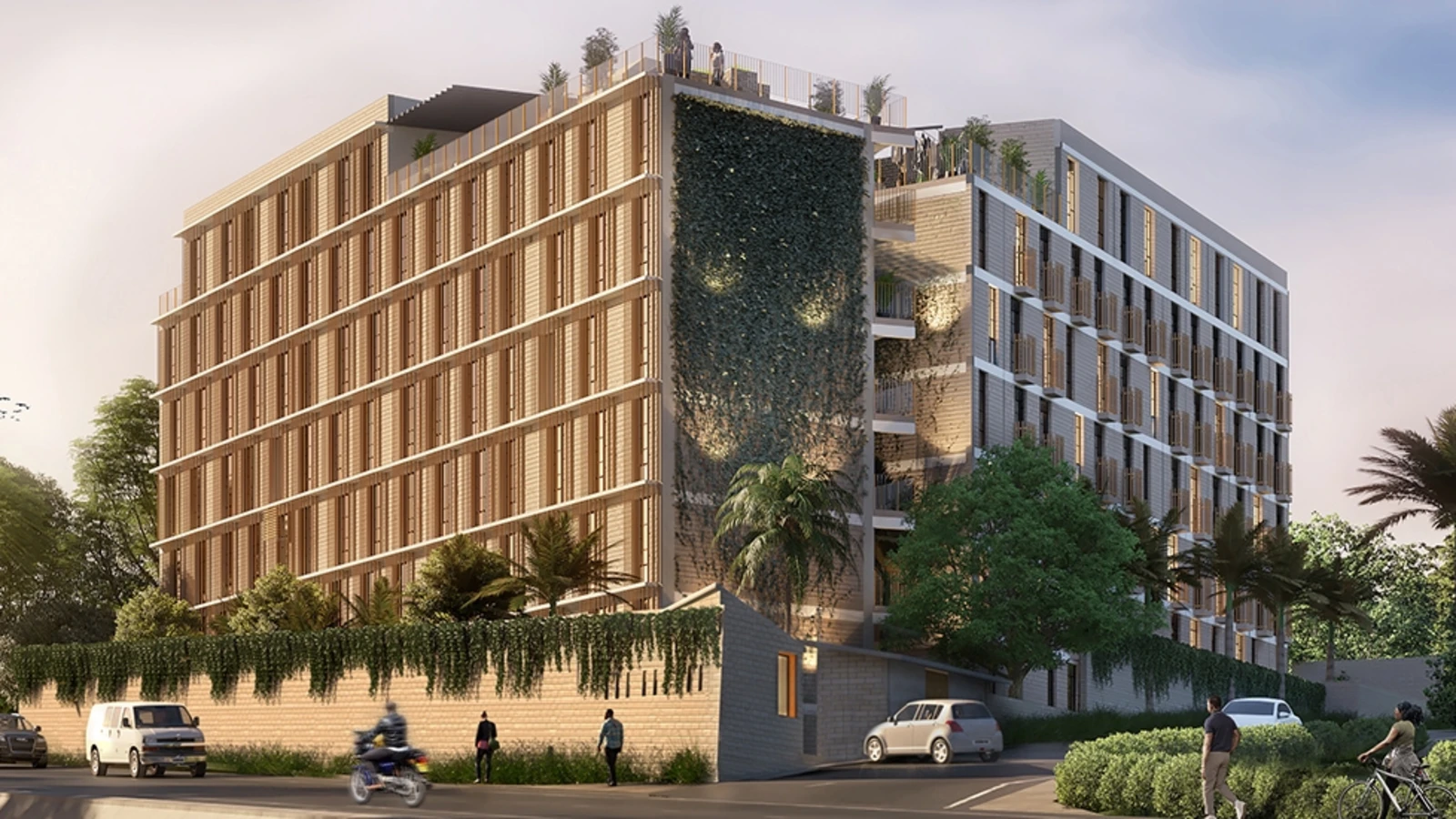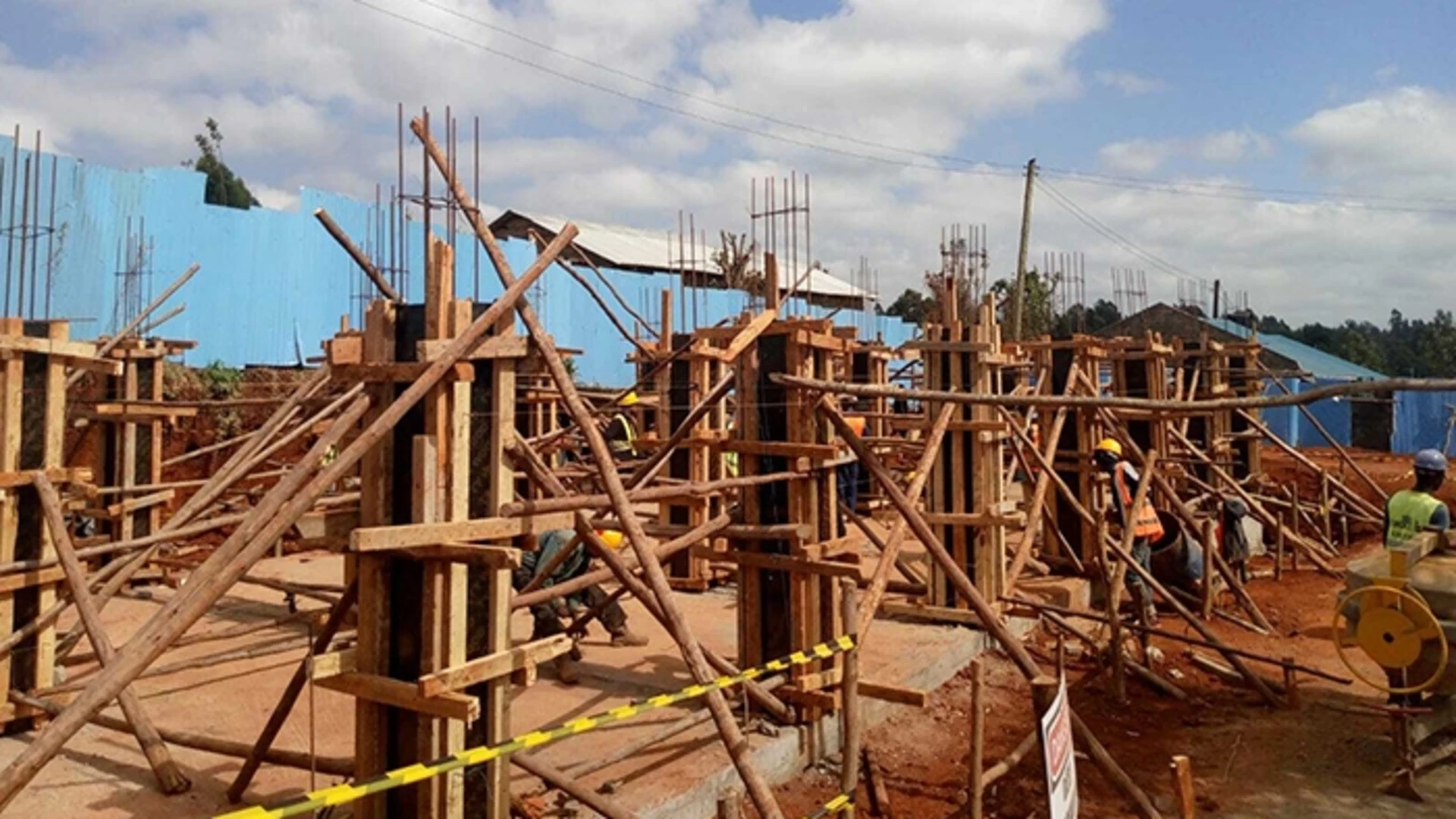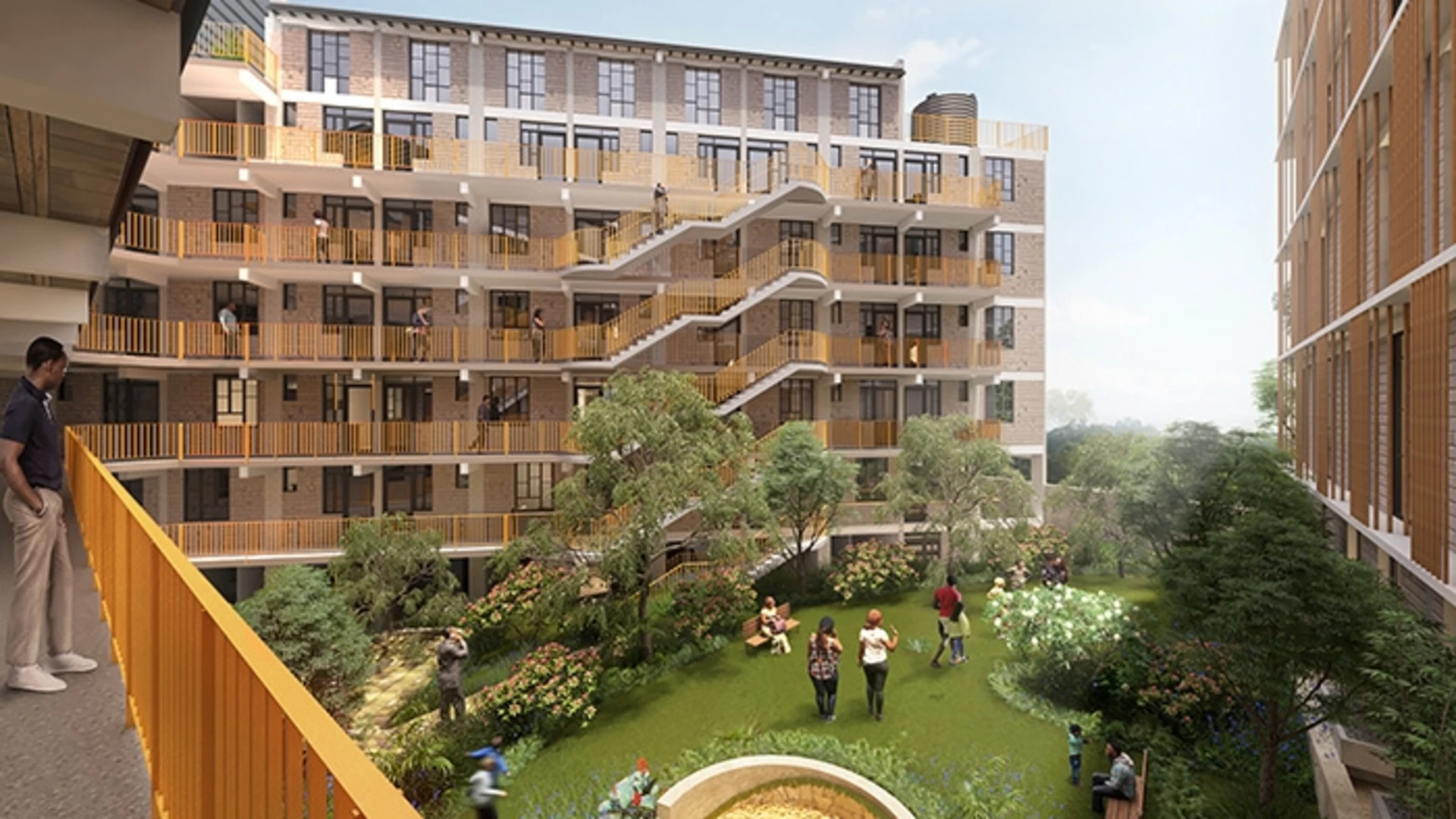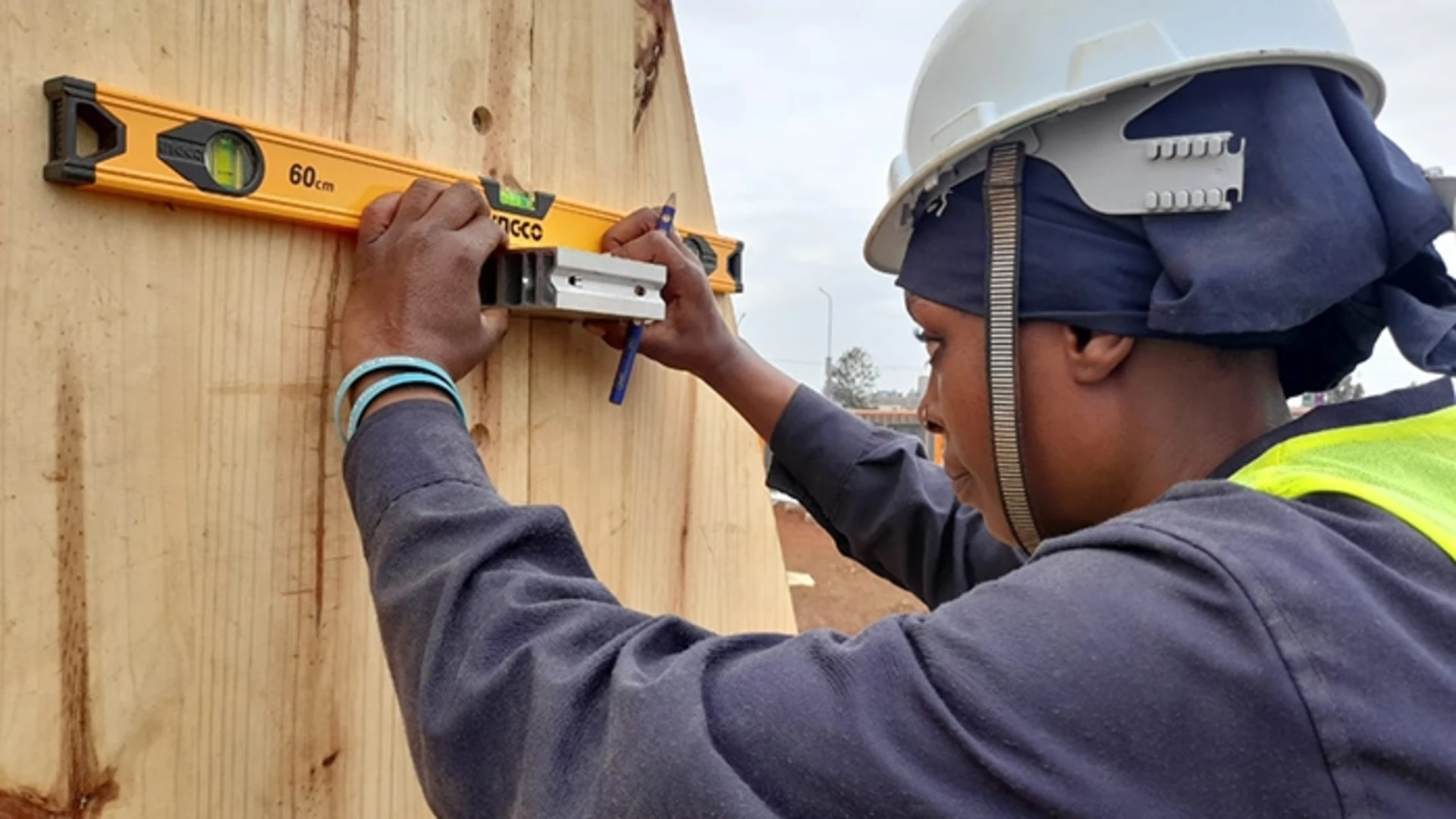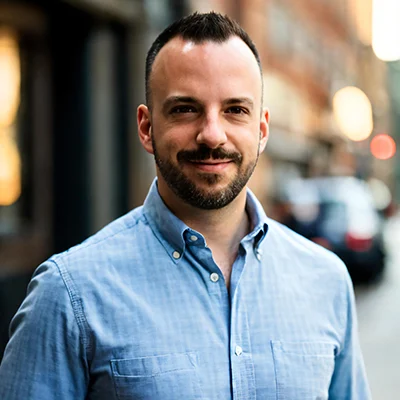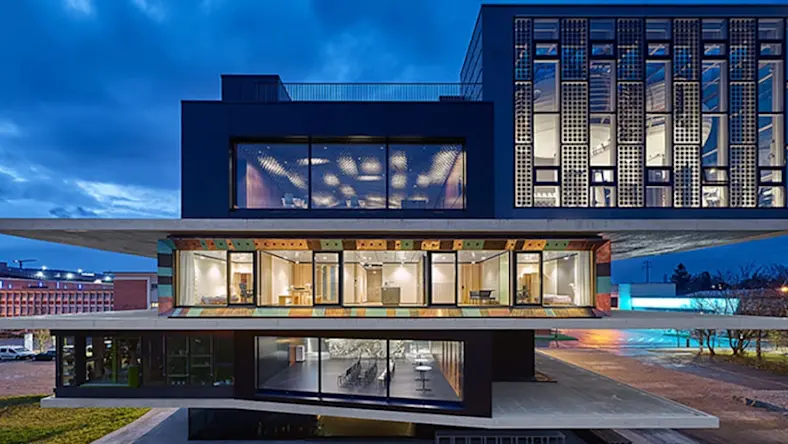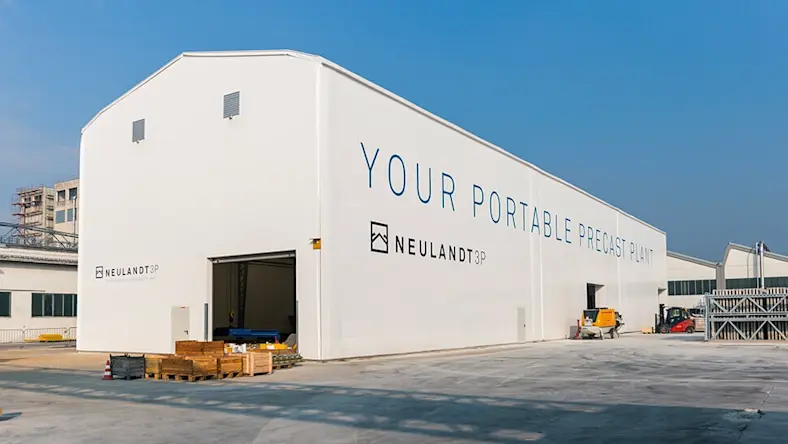& Construction

Integrated BIM tools, including Revit, AutoCAD, and Civil 3D
& Manufacturing

Professional CAD/CAM tools built on Inventor and AutoCAD
Thanks to improving infrastructure, a surplus of workers, a rising middle class, diversifying economies, expanding democracy, and free trade, African countries are offering new opportunities in housing development. Ernst & Young calls Africa “one of the last frontier markets” for global investors.
Still, obstacles remain. Take Kenya: Per the World Bank, from 2015 to 2019, the country’s economy grew an average of 4.8% per year—which is faster than many countries of similar income and faster than regional peers. Yet more than a third of the country’s population lives in poverty.
“The country has made significant political and economic reforms that have contributed to sustained economic growth, social development, and political stability gains over the past decade,” the World Bank reports. However, its key development challenges still include poverty, inequality, youth unemployment, transparency and accountability, climate change, continued weak private-sector investment, and the vulnerability of the economy to internal and external shocks.
Those challenges will only grow in the decades ahead, according to Nairobi-based architecture, engineering, and construction firm BuildX Studio. Africa’s population is expected to double by 2050, at which point 35% of new construction globally will take place on the continent. In Kenya’s capital city, BuildX is responding by developing sustainable and affordable housing that will help the region grow responsibly and equitably.
“What we build today will form the Africa and the Africans of tomorrow,” said BuildX board member Elizabeth Wangeci Chege, vice chair of the World Green Building Council, in BuildX’s 2021 Impact Report (PDF, p. 22). “Companies like BuildX Studio are pioneering innovative solutions for low-carbon, healthy buildings in East Africa.”
Exemplary of BuildX’s commitment is Zima Homes, an affordable and sustainable housing project on the outskirts of Nairobi that will encompass 137 studio, one-bedroom, and two-bedroom units, the average cost of which will be $23,000.
“We work toward delivering buildings that enhance people’s quality of life, well-being, equity, and access,” says BuildX Managing Director Munene Mathenge. “We are committed to working with our clients to create a world where all buildings are radically better by making wiser energy and material decisions while also assisting them in learning, adapting, and flourishing in the face of change.”
BuildX broke ground on Zima Homes in June 2022 and will complete the project, which has achieved preliminary EDGE certification, in early 2024.
The company conceived the project during the early days of the COVID-19 pandemic. “During that time, we realized everyone is at home, but many of the homes that people live in are undignified,” says architect Etta Madete Mukuba, Zima Homes co-founder and affordable housing lead at BuildX. She adds that sheltering in place might have been more harmful than healthy for people who lived in homes without good ventilation or natural lighting. Designed to serve young, low-income Kenyans—and whose namesake is the Swahili word zima, which means “whole and healthy”—Zima Homes will take a holistic approach to sustainability. “It’s not just incorporating nature into the building,” Mukuba says.
For instance, the project ensures thermal comfort through passive design. “We want people inside to experience the space without having to use air conditioning or turn on the lights,” continues Mukuba, who says cross-ventilation and large windows with sun-blocking shades are key features. “In Nairobi, there is a popular trend where many new buildings are just covering themselves in glass. But in tropical climates, having a building made of glass is basically designing a greenhouse for people. You’re going to use a lot of air-conditioning, which uses a lot of power and is not fit for the environment.”
Other sustainable features include rainwater-harvesting facilities and high-efficiency water fixtures, solar panels to provide clean and renewable energy to common areas (individual units will be solar-ready for owners who want to install solar power later at their own expense), a landscaped garden, and a green rooftop terrace. Plus, units will have balconies and generous corridors that will double as shared communal spaces.
And then there are materials, many of which will be prefabricated and most of which will be locally sourced. That includes prefab wall panels and beam-and-block floors. “Prefabricated materials are more sustainable than ordinary materials because it takes less time for construction and because their quality is checked at the factory,” Mukuba says. “Also, the system can be scaled. That means you only have to do things once, and then you can replicate them across many projects, which ends up reducing your overall consumption.”
Technology is a key enabler, according to BuildX architect Wekesa George. “Sustainability requires tracking data so you know if you’re actually making the impact that you want to make,” he says. “Technology makes it very easy to do that.”
Specifically, BuildX designed Zima Homes using Autodesk Revit, which can create digital models of the project to simulate and compare the environmental performance of various design choices. When deciding to use beam-and-block floors, for example, the architects could determine the impact it would have on the project’s carbon footprint and on the building’s operational efficiency relative to traditional concrete slab. Likewise, they could make calculations that helped them minimize the use of certain materials without compromising the building’s structural integrity.
“It enables us to explore different innovative systems quite quickly and played an important part in the efficiency of our design iterations,” says Mukuba, who adds that technology—for example, artificial intelligence and generative design—might eventually help BuildX automate its designs as it scales its efforts. “We want to build 10,000 affordable homes by 2030. Automation will be instrumental in ensuring we can hit that target.”
What’s good for the environment is good for people, according to BuildX, which says inclusivity and equity go hand-in-glove with sustainability.
“Sustainability provides affordability,” says Wekesa, who adds that traditional notions of affordable housing focus on reducing size and quality whereas sustainable approaches focus on increasing efficiency. “If a space is smaller, it costs less. But that’s not the only thing you can do. There’s much more that you can do to achieve positive outcomes.”
BuildX believes in equity and inclusivity for the residents who will live in Zima Homes—and for the workers who are building them. The 18-month project has created 650 jobs, including 100 jobs for low-income people. Filling some of those jobs are graduates of Buildher, a nonprofit sister organization to BuildX with a mission to equip young, disadvantaged Kenyan women with accredited construction skills to improve their financial prospects and promote gender equality within the construction sector.
“Traditionally in the Kenyan context, construction is quite a discriminatory environment against women,” Mukuba says, adding that BuildX makes its construction sites gender-inclusive with accommodations like dedicated restrooms for women and anti-harassment policies. “When it comes to homeownership, it’s the same thing. In Kenya, only 1% of women are on land titles or homeownership titles, which is crazy because we are 50% of the population. To address that, we’re marketing our units by reaching out to women’s groups and people who otherwise would not necessarily be targeted for homeownership. Also, we’re creating an enabling environment by making sure there’s a female representative or a female salesperson to talk people through documents if [prospective buyers] don’t feel comfortable.”
Ultimately, what is healthful also will be helpful—not only for the Kenyans who live in Zima Homes but also for people all over the globe, according to BuildX, which hopes that the project will prove to developers and builders what is possible when they rethink their notions of affordability, equity, and sustainability.
“The biggest hindrance to projects like this isn’t design or sustainability,” Wekesa says. “It’s the process of convincing people that it is actually possible to deliver a building that has all these qualities at this price point. The message receives a lot of resistance because it’s new and because it’s been tried before and failed. But you have to be persistent.”
Matt Alderton is a Chicago-based freelance writer specializing in business, design, food, travel, and technology. A graduate of Northwestern University's Medill School of Journalism, his past subjects have included everything from Beanie Babies and mega bridges to robots and chicken sandwiches. He may be reached via his website, MattAlderton.com.
AECO
Image courtesy of Roman Keller.
Emerging Tech
AECO
